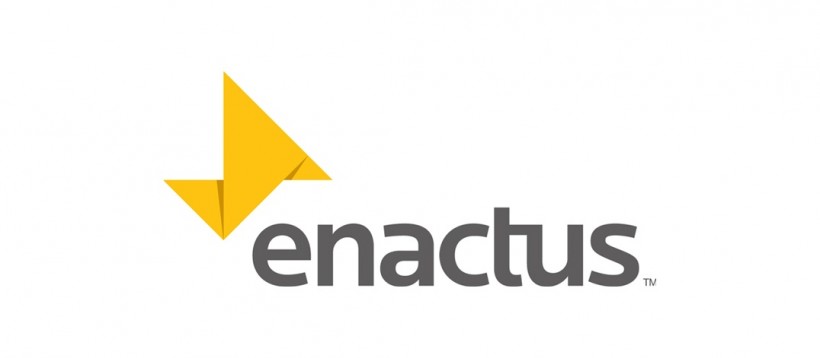As STI Technologies Ltd. was putting the final touches on its $17 million financing last week, investors and entrepreneurs in Silicon Valley were busily discussing a new funding feature on the funding website AngelList.
These two news items from different ends of the continent are peripherally related to each other at best, but they are both threads in a trend that’s taking place: Startup funding in Atlantic Canada is definitely moving in the right direction, and it’s happening as the international landscape for funding companies is changing. And the new landscape poses both opportunities and challenges to startups in the region.
The news of the week in Atlantic Canada was that Toronto-based private equity firm Imperial Capital is investing $17 million in Halifax pharmaceutical services company STI Technologies, which includes the buyout of several existing investors, such as venture capital fund GrowthWorks Atlantic. Nicolle said a “healthy amount” will remain with the company, while the rest will buy shares held by GrowthWorks and a host of angel investors. Tom Hayes, the CEO of GrowthWorks Atlantic, said his fund will receive “just shy of $6 million” for the shares, which it bought for $2 million in two rounds, in April 2006 and January 2009.
So $6 million of the funding goes to GrowthWorks, and if $3 million goes to the other investors who are cashing out, then STI is left with $8 million in capital to help growth this business.
The STI deal is part of a fantastic trend in which institutional investors based outside the region are sinking money into Atlantic Canadian companies. Last year, Atlantic Canadian companies raised about $27 million in funding from venture capital funds and similar institutions. But only about $3 million of it came from outside of Atlantic Canada. That was a weakness in our ecosystem because the sources of capital in Atlantic Canada are limited, and startup in the region need to tap the capital, expertise and networks of investors in other parts of the world.
We’re witnessing a much healthier trend in 2013. Already this year, Charlottetown drug-discovery company Neurodyn has raised $1.5 million, including a wad of cash from Mertz Holdings of Houston. Karma Gaming raised $5 million this summer, including $3.5 million from Rho Canada Ventures, the Canadian arm of Rho Capital Partners, which has offices in Palo Alto, Calif., New York and Montreal, and Vanedge Capital in Vancouver.
I know of two other startups raising rounds in the $10 million-plus neighbourhood that should close this year, and there may be others. What we can surmise is that we’re seeing a healthier flow of smart, institutional money into the region’s startups.
And this is happening as the world of funding is changing. As a result of the JOBS Act in the U.S., the Securities & Exchange Commission has been slowly liberalizing the rules on investing in startups. Most recently, it scrapped a rule prohibiting companies from general solicitation or public advertising when raising money.
The ripple effect of these rulings is that websites that help startups raise money are becoming more active and inventive. AngelList, which helps companies raise money, last week launched its “Backers” feature, which allows wealthy investors to identify other investors they want to invest with. So if Ozzie Schnick has a great track record, you can say you’ll put in $25,000 every time he invests in a company. So if 10, or 20, or 100 investors all back Mr. Schnick, he can actually control a major funding round for a company.
Some bloggers believe this will disrupt the venture capital industry, because the internet will bring greater efficiency and clout to individual investors. Before long, crowdfunding will likely also be a factor in raising money for startups.
The Atlantic Canadian funding world is changing because more startups are having success in tapping international funds. And the global funding world is changing because more liberal regulation and the internet are democratizing the way companies are funded. In the coming years, it’s likely these two trends will converge.









